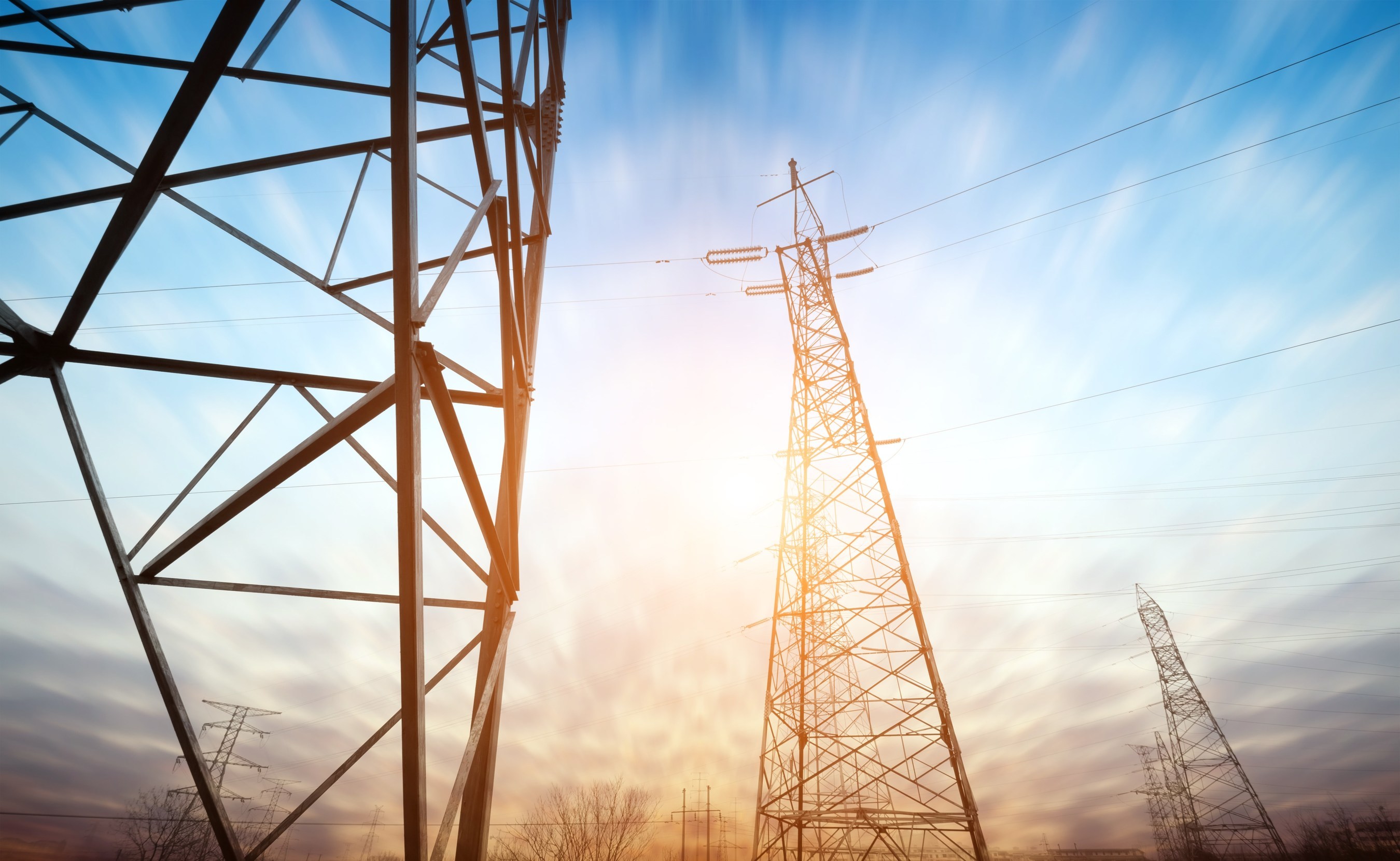

And in South and Southeast Asia, India’s influence is on the rise. The EU, China, Russia and – across the Black Sea – Iran and Turkey are competing in these zones to influence the reconfiguration of electricity grids. The eastern Mediterranean region, the Black Sea and Caspian Sea regions, and Central Asia are, each in their own way, changing from peripheral zones into interconnecting spaces. There is unmistakable competition over integration between the EU and Russia. In the EU’s eastern neighbourhood, geopolitical issues have dominated the configuration of electricity grids since the end of the Cold War. Its efforts are part of Beijing’s larger Belt and Road Initiative (BRI), an attempt to reorient global infrastructure and commercial flows. Above all, however, Germany and the EU should help shape interconnectivity beyond the EU’s common integrated electricity grid.Ĭhina is gaining considerable influence in the electricity sector, setting standards and norms as well as expanding its strategic outreach – to the benefit of its own economy. Germany and the EU must develop an electricity foreign policy in order to optimise, modernise, strengthen and expand the European electricity grid.


This is because interconnected synchronous systems form “grid communities” that share a “common destiny” – not only in terms of electricity supply but also in terms of security and welfare. In this context, it is attractive for non-EU states to belong to the electricity system of continental Europe. Interconnectors define new, partly competing vectors of integration that extend beyond already integrated electricity grids. In the Europe-Asia continental area, integrated electricity grids meet interconnectors – that is, cross-border transmission lines linking different electric grids. In political communities and beyond, such grids establish new channels for projecting geopolitical influence and new spheres of influence. Although electricity grids shape and define both political and economic spaces, the geopolitical significance of electricity remains underestimated.


 0 kommentar(er)
0 kommentar(er)
